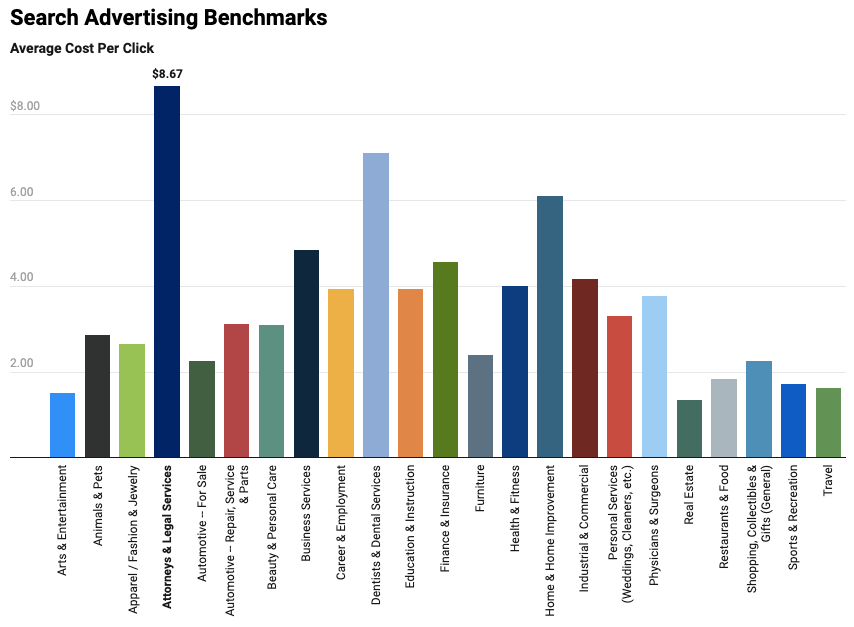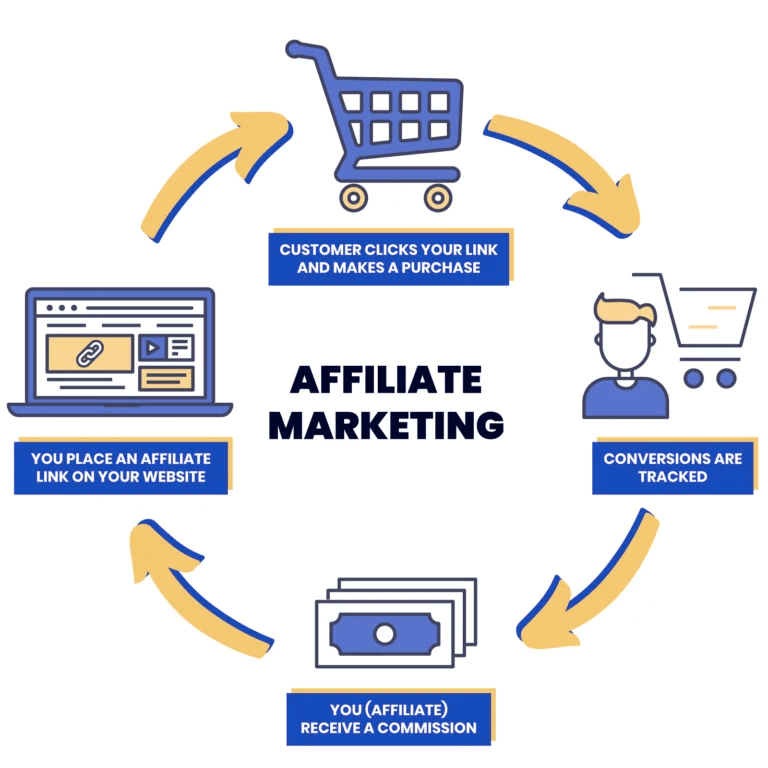Ecommerce Marketing Strategies for Success

Every ecommerce brand wants to generate more sales and revenue. But there are various ways to do it.
The 10-second summary
A robust e-commerce marketing strategy is essential for boosting sales. Key tactics involve reaching new audiences, driving traffic, converting visitors, and fostering loyalty. An effective multichannel approach combines content, social media, email, PPC, SEO, and partnerships. Implement these tactics to enhance brand visibility, engage customers, and maximize growth and conversions.
You can focus on retention to increase the lifetime value of each customer, spend big on acquisition to bring in more new customers, and streamline the user experience to increase conversions. And lots more besides.
All those different strands come together in your ecommerce marketing strategy.
Yet 45% of companies say they don’t have a defined digital marketing strategy, while just 17% have defined their strategy in a separate document.

In this article, we’ll explain exactly what we mean by “ecommerce marketing”, discuss how to create a marketing plan, and dig into 16 tried-and-trusted strategies to help you smash your growth goals.
What is Ecommerce Marketing?
Pro tip: For Shopify marketing tips see our in-depth guide: Boost Your Shopify Store with a Winning Marketing Strategy.
Ecommerce marketing is the process of using one or more promotional tactics to:
- Reach new audiences
- Generate traffic to your store
- Convert store visitors into paying customers
- Transforming first-time buyers into loyal repeat customers
While it’s possible to achieve all of that through a single strategy or channel, most brands build a holistic marketing strategy that combines multiple approaches — all with the overarching goal of generating more revenue.
Indeed, one survey found that 95% of marketers agree some form of multichannel strategy is important for their organization, while Shopify research revealed that multichannel marketing increases revenue by 38%, 120%, and 190% for each additional channel used.
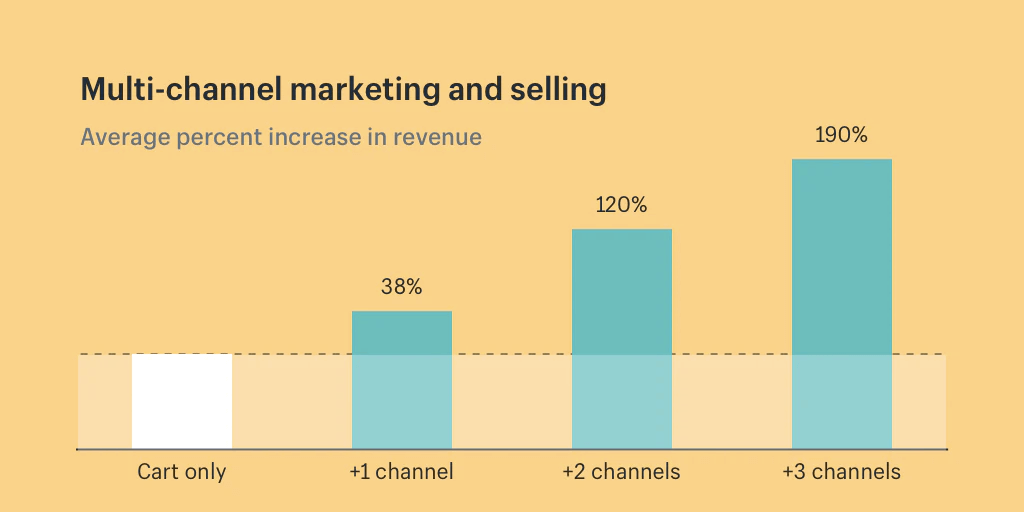
How to Write an Ecommerce Marketing Plan
Writing an ecommerce marketing plan is your opportunity to formalize the way you plan to bring traffic to your website, nurture store visitors, and convert them into paying customers (and, eventually, loyal brand advocates).
Given the importance of your marketing plan, it’s important to do the legwork before writing down all your different ideas. Otherwise, you risk creating a disjointed strategy with too broad a focus, and too little thought for what your audience really wants to hear.
Start by answering these questions:
- What’s the purpose of this company?
- What do you do?
- What don’t you do?
- Who are your customers? Where do they live? How old are they? How much purchasing power do they have?
Having defined your audience, think about the goals you’re trying to achieve. Presumably you want to sell more, but that’s not specific enough. Set an attainable revenue figure, give yourself a deadline to achieve it, then work backwards to set more granular KPIs and metrics.
For instance, say you want to earn $100,000 in revenue over the next quarter. Taking your current benchmarks into account, figure out:
- How much traffic you need to generate
- What conversion rate you need to hit
- What average order value you hope to achieve
Pro tip: See our related guide: How to Increase Average Order Value on Shopify.
Use all that detail to craft your executive summary, which should pick out the key elements of your strategy — including your desired results and the channels you plan to leverage.
You should also consider the resources at your disposal. For example, say you’ve identified Instagram as an important growth channel, but you don’t have the resources to create a bunch of social media content in-house (or the budget to pay freelancers to do it for you). In that case, you might focus on building a pipeline of user-generated content as part of your marketing plan.
16 Proven Ecommerce Marketing Strategies
There’s no such thing as a one-size-fits-all approach to ecommerce marketing, because every brand is different. You need to figure out the combination of tactics and strategies that are most likely to help you reach and convert your target audience. Here are some of the strategies you’ll want to consider…
Content Marketing
Of the 10 most effective ways to improve ecommerce conversions, four are at least somewhat related to the types of content you publish:
Content plays an important role at all stages of the marketing funnel, from awareness to consideration to conversion to post-purchase. And it’s essential for leveraging many of the other strategies in this article, including social media, email marketing, and SEO. So it’s no surprise that 70% of B2C marketers have some sort of content marketing strategy in place, according to the Content Marketing Institute.
The word "content" is extremely broad, covering everything from social posts to blogs to webinars. But from an ecommerce perspective, some of the most valuable content types include:
- Reviews and testimonials. According to TINT, 72% of consumers find recommendations from real customers more credible than promotional messaging written by brands. So you’ll definitely want to encourage customers to write reviews — and to share your most glowing testimonials.
- Storytelling videos. Video is a fantastic medium for telling customers about the story behind your brand. And when consumers are exposed to brand stories, they describe the brand much more positively — and are happy to pay more for its products.
- Blog posts. Most people read blog posts to learn something new, making blogs an effective way to discuss new trends (and highlight relevant products in your store).

There’s just one issue with content marketing: it’s notoriously difficult to measure the value of individual pieces of content. You’re unlikely to generate a ton of revenue from a single blog or video.
As such, we recommend measuring content performance in terms of its impact on other channels. For instance, if you’re creating SEO-focused blogs, you’ll want to look at how much organic traffic your posts bring in over a certain period (and how many visitors click deeper into your store).
Social Media Marketing
For many of us, much of our “down time” is (unfortunately) filled by picking up our phones and heading straight to social media. This gives marketers a captive audience to target with promotional messaging — provided you make it sufficiently eye-catching to grab our attention mid-scroll.
Most social platforms also have excellent built-in analytics tools, making it easy to understand which posts are generating impressions, traffic, and revenue. However, if you manage multiple social media accounts, you might find it easier to use a tool like DataChannel to manage all your social media analytics in one place.
According to Stackla, consumers are most likely to visit Instagram when they’re searching for product inspiration. But TikTok is brilliant at turning idle browsers into active shoppers, with 67% of users saying the platform has inspired them to shop even when they weren’t planning to. And then there’s Facebook, which has seen its growth slow to a trickle in the US and other markets…
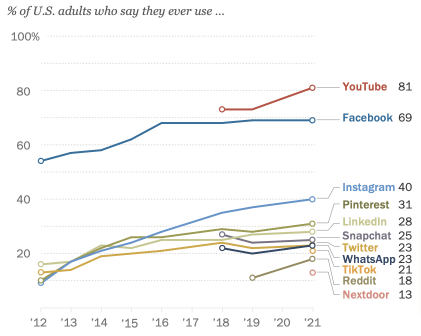
…but which still has a huge user base that cuts across all ages and demographics.
Roughly 20% of individuals looking to shop online turn to YouTube and Facebook as their starting points. Meanwhile, nearly half of all shoppers in the United States have made purchases via social media, and another three out of five are curious about trying it.
There are lots of ways to leverage social media in your ecommerce marketing strategy, such as:
- Showcasing your company values. Four-fifths of consumers prefer it when a brand’s values align with their own — and three-quarters have split up with a brand over a difference in values. So use your social media content to explain who you are and what you stand for.
- Tap into trending topics. One of the best ways to get more eyes on your social content — without paying for the privilege — is to join existing conversations. Build a marketing calendar to highlight events and holidays that are relevant to your brand and audience, from Mother’s Day and Valentine’s Day to festival season and spring break.
- Share your best reviews. Nine in 10 consumers read reviews before making a purchase. Package up your best ones and share them with your social followers to drive sales.
Email Marketing
Email marketing delivers a spectacular return of $36 for every $1 spent. That’s over 1.5 times more than SEO and 18 times higher than PPC.
Today, pretty much every established ecommerce brand uses email marketing to promote sales and limited-time discounts, share reviews and testimonials, support product launches, and send personalized recommendations. By adding UTM variables to the URLs in your marketing emails, you can instantly see how much of your store’s traffic and revenue comes from email subscribers.
So email is a license to print money, right?
Well, not quite. Your email strategy is only as effective as your list-building efforts. If you’ve got no email subscribers — or the wrong types of subscribers — you might as well not bother sending emails in the first place.
For that reason, many brands use popups to encourage store visitors to sign up for their newsletter, often sweetening the deal with a free gift or a discount on the customer’s first order:
Pay-Per-Click Advertising (PPC for Ecommerce)
PPC advertising allows ecommerce brands to generate qualified traffic, fast.
To create a high-performing PPC campaign, you need to nail three key elements:
- Ad copy
- Offer
- Landing page
Let’s analyze those elements by looking at a real-world Google ad from mattress brand Simba targeting searchers looking for mattresses for back pain:

First up, the ad copy tells us that Simba mattresses are ideal for people with bad backs, are “engineered for quality sleep”, and carry a 200-night trial. We can also see they have an excellent 4.7-star rating from almost 9,500 reviews.
There’s also a compelling offer: up to 55% off if we buy within the next seven hours. If you were looking to buy a new mattress and saw that ad, there’s a good chance you’d click.
Which brings us to the final element: the landing page.
Simba does pretty well here, too. It reinforces the limited-time offer with a countdown timer at the top of the page, adds trust signals by referencing all its five-star reviews, and includes a CTA compelling visitors to shop mattresses.
But before you immediately launch a PPC campaign, bear in mind it can be pretty expensive. For instance, the average cost per click for Google Ads in the apparel, fashion, and jewelry category is $2.66:
So you need to consider your conversion rate and average order value to see if PPC makes commercial sense for your brand. If you’re paying $2,600 for 1,000 clicks, but only 2.5% of them convert, you need those customers to spend $100+ per person just to break even.
Conversion Rate Optimization
According to IRP Commerce, in 2022, monthly average ecommerce conversion rates ranged from 1.62% – 2.13%. For a store attracting 100,000+ visitors a month, an uptick of 0.5 percentage points would mean hundreds more conversions — and potentially thousands of dollars of extra revenue.
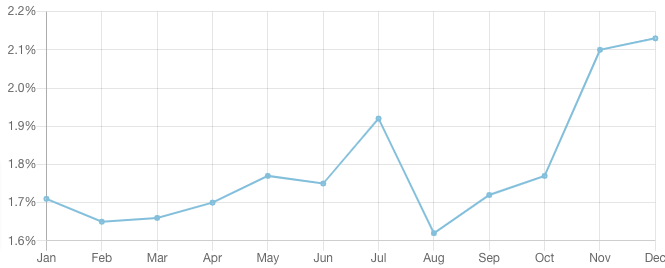
Unsurprisingly, therefore, conversion rate optimization (CRO) is a vital marketing strategy for many ecommerce brands.
Not only does CRO help to boost sales and revenue, but it can also result in:
- Enhanced customer experience. By making it easier for visitors to navigate your store, CRO improves the user experience (UX), encouraging customers to return and recommend you to others.
- Smarter decision-making. With CRO, decisions about web design and UX are based on data rather than mere opinion.
- Increased ROI. By converting more visitors into paying customers, you improve the return on investment of all campaigns, from PPC to social ads to SEO.
SMS Marketing for Ecommerce
According to Klaviyo, SMS marketing generates an average click-through rate of 36% — eight times higher than email marketing.
That’s not to say you should abandon email marketing and go all-in on SMS. Consumers are far less likely to hand over their phone number than their email address, with over half subscribed to just 2 – 3 SMS marketing lists.
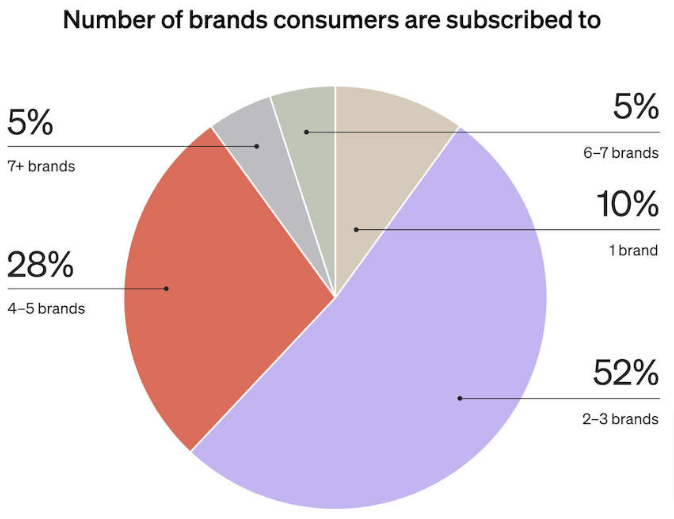
So building an SMS program is tough. But there are plenty of benefits to doing so, including:
- High open rates. According to Gartner, SMS marketing delivers open rates of up to 98%. So if you send texts to your customers, there’s an extremely good chance they’ll be seen.
- Rapid response. Data shows that 70% of consumers open SMS messages within five minutes of receiving them. This makes SMS a fantastic channel for urgency-related promotions.
- Foster brand loyalty. SMS can be an effective way to bring customers closer to your brand. Klaviyo’s data reveals that 38% of consumers say SMS invites to VIP experiences make them feel like part of an “exclusive group”, while 36% say the same about loyalty program-related SMS messaging.
Search Engine Optimization (SEO) for Ecommerce
Email marketing might be the undisputed #1 for return on investment, but when it comes to driving high-converting traffic, SEO takes the crown.
SEO lacks the immediacy of paid channels like PPC and social ads. Indeed, according to Ahrefs, just 22% of pages that rank in the top 10 search results were created within one year. Still, the rewards — a consistent stream of “free” qualified traffic — make it well worth the work. An effective eCommerce SEO strategy focuses on optimizing key pages, speeding up your store, and building authoritative backlinks to drive high-converting traffic.
For ecommerce brands, consider focusing your SEO efforts on the following areas:
- Optimize key pages. Research keywords that are relevant to your homepage, collection pages, and product pages. Then add those keywords to your page URLs, page titles, heading tags, meta descriptions, and page copy.
- Speed up your store. Google has confirmed that page load speed is a ranking factor on mobile and desktop — so the faster your store, the better. Use Google’s PageSpeed Insights tool to assess your current performance and identify areas for improvement. And check out our guide to optimizing Shopify store speeds.
- Build authoritative backlinks. Links are another key ranking factor, with research revealing that, on average, the #1 Google result has almost four times more backlinks than positions #2 – #10. Seek out guest-posting opportunities and unlinked brand mentions, and create quality, original content that other sites want to link to.
Affiliate Marketing for Ecommerce
Affiliate marketing is a strategy that involves rewarding content creators for recommending your products to their audiences. Affiliates place unique referral links in their content and earn commissions each time someone clicks through and makes a purchase.
According to Rakuten Marketing, 81% of advertisers (i.e. businesses with something to sell) include affiliate marketing as part of their overall marketing mix.
Building a network of affiliates can help you reach a much larger audience. But before you get started, take the time to research other affiliate programs in your niche to learn:
- What commissions they’re paying. Rates typically start at around 5%, but can reach 50%+ in some niches.
- What rewards they offer to affiliates. Many advertisers offer additional benefits to top-performing affiliates, such as bonus payments for hitting monthly sales targets.
- What promotional resources they provide. As an absolute minimum, you’ll want to offer affiliates access to branded assets like logos and product imagery.
PR and Brand Awareness
From an ecommerce marketing perspective, PR is predominantly about reaching out to high-profile publishers in your space and persuading them to mention your brand or products.
For instance, imagine you sell running shoes. Think how valuable it’d be to get listed in this Runner’s World article, which currently ranks #1 for the term “best running shoes” and generates 164,000 organic visits a month, according to Ahrefs.

But that’s not the only use case for PR in the ecommerce world. You might also consider attending events or opening popup stores to build offline brand awareness (and sales).
Partnerships
Joining forces with brands that complement (but don’t directly compete with) your products is a fantastic way to reach new audiences, with research revealing that 71% of consumers enjoy co-branding partnerships.
Apparel brand Supreme demonstrates the power of brand partnerships and collabs. It routinely teams up with other big names from the world of fashion (and beyond), from Schott to Louis Vuitton to Nike.
The strategy clearly works, because the brand’s limited-edition weekly drops often sell out in seconds.
Influencer Marketing
Working with influencers can help you reach, engage, and sell to a wider audience — particularly younger consumers. Indeed, research reveals that social media influencers reach 92% of 18 to 29-year-olds, while 36% of consumers say influencer posts are the best way for brands to encourage customers to try new products.
Influencer marketing has become an even more valuable strategy thanks to the growing popularity of social commerce (that is, buying products directly in-app through social media).
According to the Influencer Marketing Factory, 82% of consumers have discovered a product on social media and bought it directly on their phone, while over half of consumers shop on social media at least once a week.

Capture more email subscribers
- Dollar for dollar, email marketing is one of the most effective channels at your disposal for making sales and generating repeat customers.
- There are too many Instagram posts and TikToks for us to keep up with, and email can offer a more intimate interaction.
- To get started with email marketing, actively promote your newsletter, blog, and any other email capture efforts to get as many subscribers as you can.
Think Local
Despite the constant growth of ecommerce, many consumers still favor local businesses and offers, with Google data from February 2022 revealing that Maps searches for “shopping near me” grew globally by over 100% year over year.
Chances are there’s at least one location in which you have a high proportion of customers. So it makes sense to target those areas with dedicated messaging — such as promoting sunglasses or shorts when the weather’s hot.
Also, consider offering free and/or expedited shipping to customers living close to your warehouses. According to X Delivery and Santa Clara University, “delivery speed” and “delivery cost” are the most important factors for consumers deciding whether to shop on a brand or retail website.
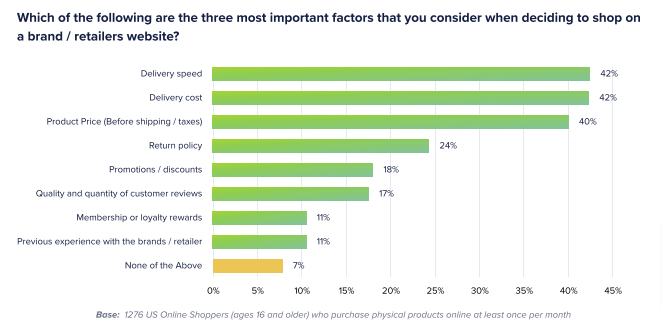
Optimize for Mobile
Mobile e-commerce sales hit $1.7 trillion in 2023. And by 2028, two-thirds of all online purchases will happen via mobile.
That’s a huge proportion. Yet mobile actually plays an even bigger role in the buyer journey, with Google research revealing that 92% of people who search for products on their phone go on to make a related purchase.
In short, it’s essential your store is mobile-optimized. Use Google’s Mobile-Friendly Test to see whether your store is up to scratch (and how it can be improved).

User-Generated Content
According to Stackla, four in five consumers say user-generated content highly influences their purchasing decisions. In contrast, just one in eight say the same about brand-created content.
UGC is so effective because it’s a form of social proof. When consumers see that people like them love your products, they’re more likely to follow suit.
Action camera brand GoPro is one of the best exponents of user-generated content.
It constantly runs photography competitions for GoPro users and shares the best submissions on social media, allowing the brand to demonstrate the effectiveness of its products in an engaging and trustworthy way.
FAQ Sections
FAQ pages are your opportunity to address common questions and customer pain points.
Watch brand MVMT has broken down its FAQ section into multiple subsections, covering everything from product specifications and warranty information to shipping and payment details.
There are a couple benefits to this ecommerce marketing strategy.
Firstly, it helps you remove potential barriers to purchase, thereby increasing your conversion rate. And it also offers SEO benefits: if people are searching Google for information on your products, your FAQ page will show up. It’s definitely better for customers to find that information from you rather than a competitor.
Competitor Analysis
Speaking of competitors, checking out your rivals can be one of the most effective — yet often underutilized — ecommerce marketing strategies. By analyzing other brands in your niche, you can gain invaluable insights into:
- The types of promotions they run
- How they generate ecommerce leads
- Their top-performing organic content
- The messaging they use in social and PPC ads
- What sort of content they share on social media
- The types of information they include on product pages
- Their web design and page load speeds
- Their shipping and returns policies
- How their checkout process works
- The keywords they’re targeting
- Types of sales and promotions
Obviously, we’re not suggesting you steal their exact strategy. Even if you’re in the same market, they likely have a slightly different audience and value proposition — so what works for them may not work for you.
However, this approach can help you identify gaps in your own strategy and understand how to differentiate your brand from the competition.
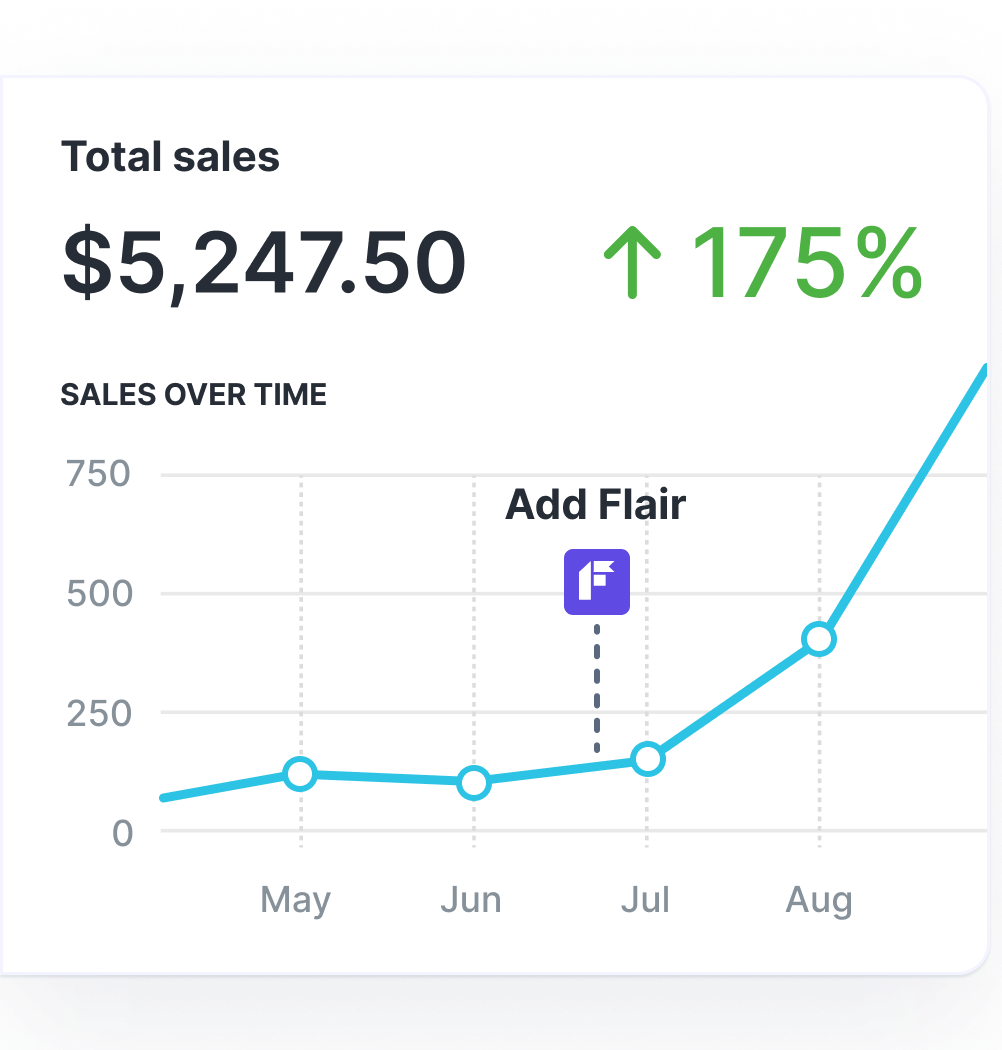
Grow Your Shopify Sales by over 175% with Flair
-
Increase sales using product badges and sales banners
-
Maximize conversions with scarcity, urgency and countdown timers
-
Automate promotions with targeted rules and scheduling
Final Thoughts
Building a comprehensive, holistic marketing strategy is essential for any ecommerce store to achieve its growth goals. Without it, you risk wasting a bunch of time on tactics that don’t contribute to your overarching goals.
Importantly, developing a high-performing strategy isn’t a one-and-done exercise.
Get into the habit of regularly evaluating your approach based on customer behavior, sales data, and market trends to give your ecommerce store the best chance of marketing success.
And if you’re a Shopify store owner, be sure to check out our ultimate guide to increasing Shopify conversion rates before starting work on your own strategy.





